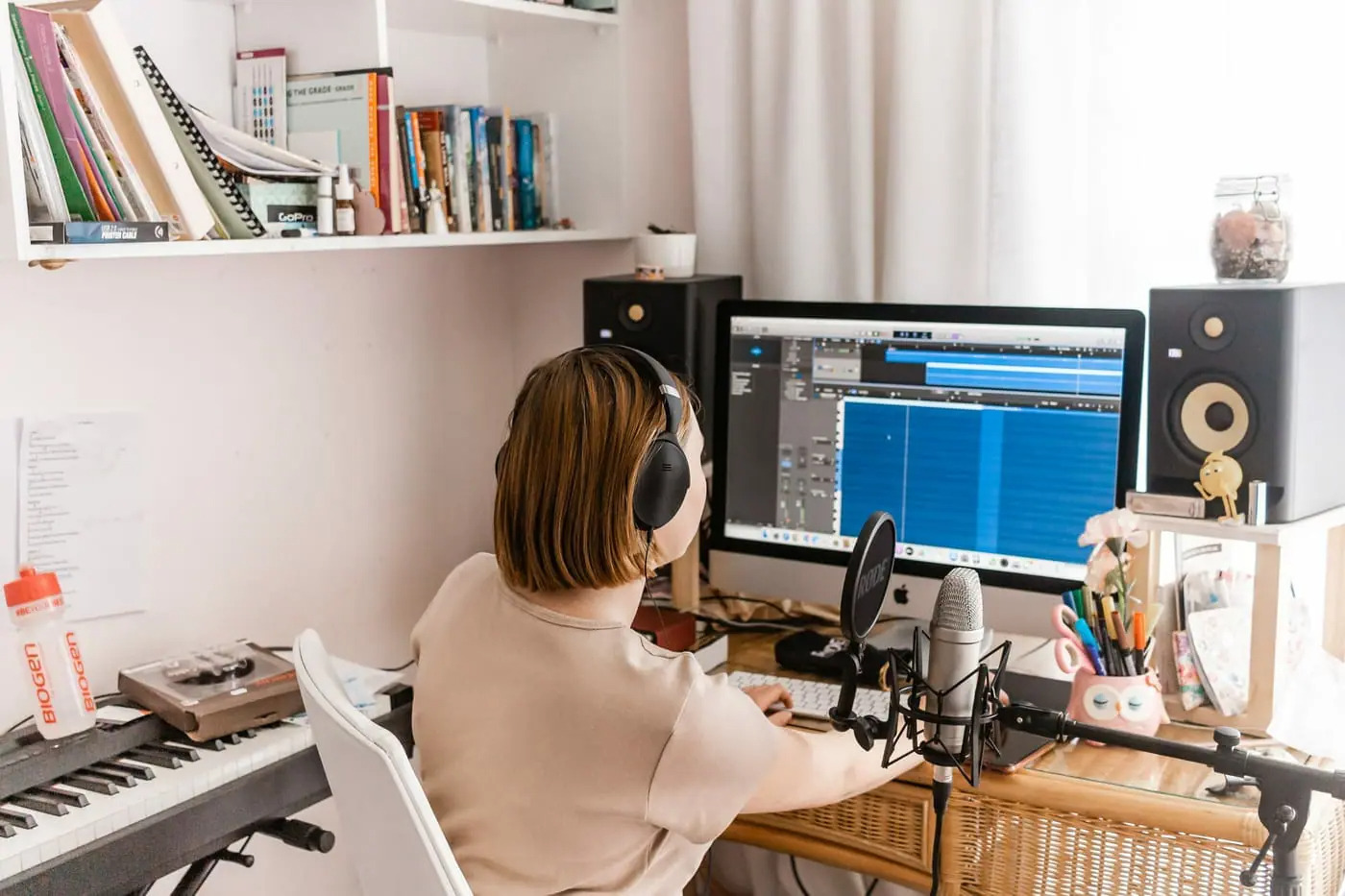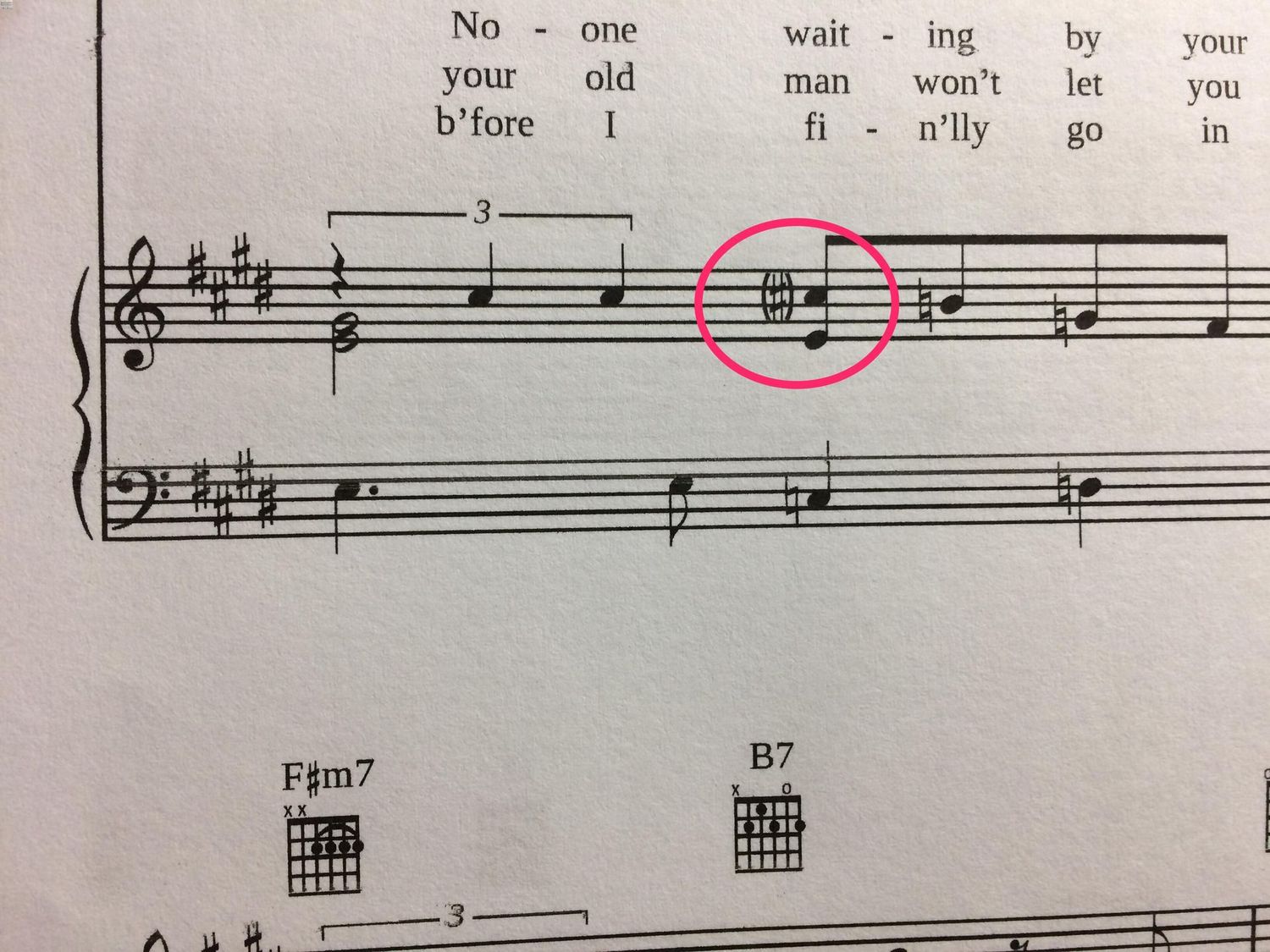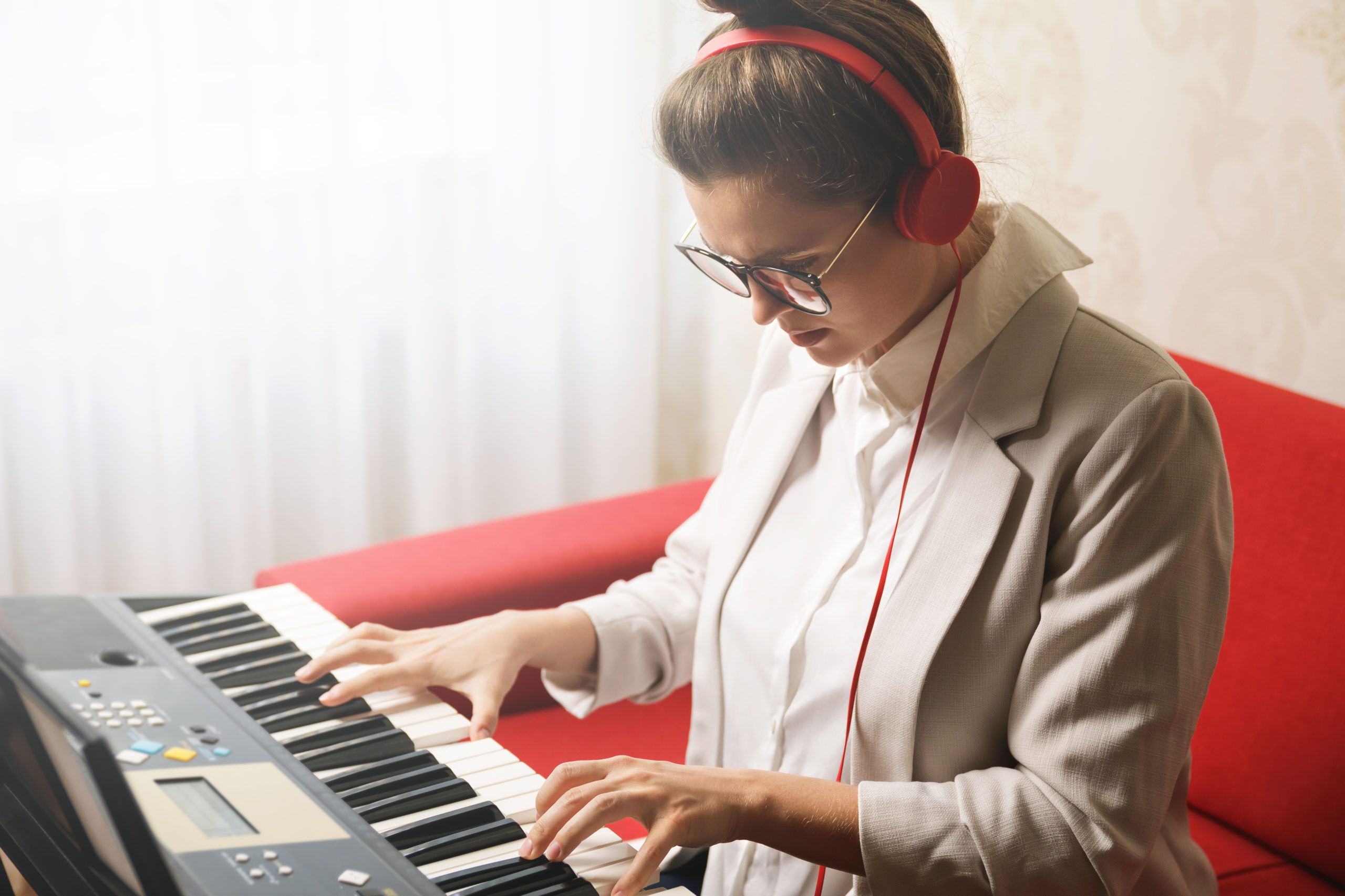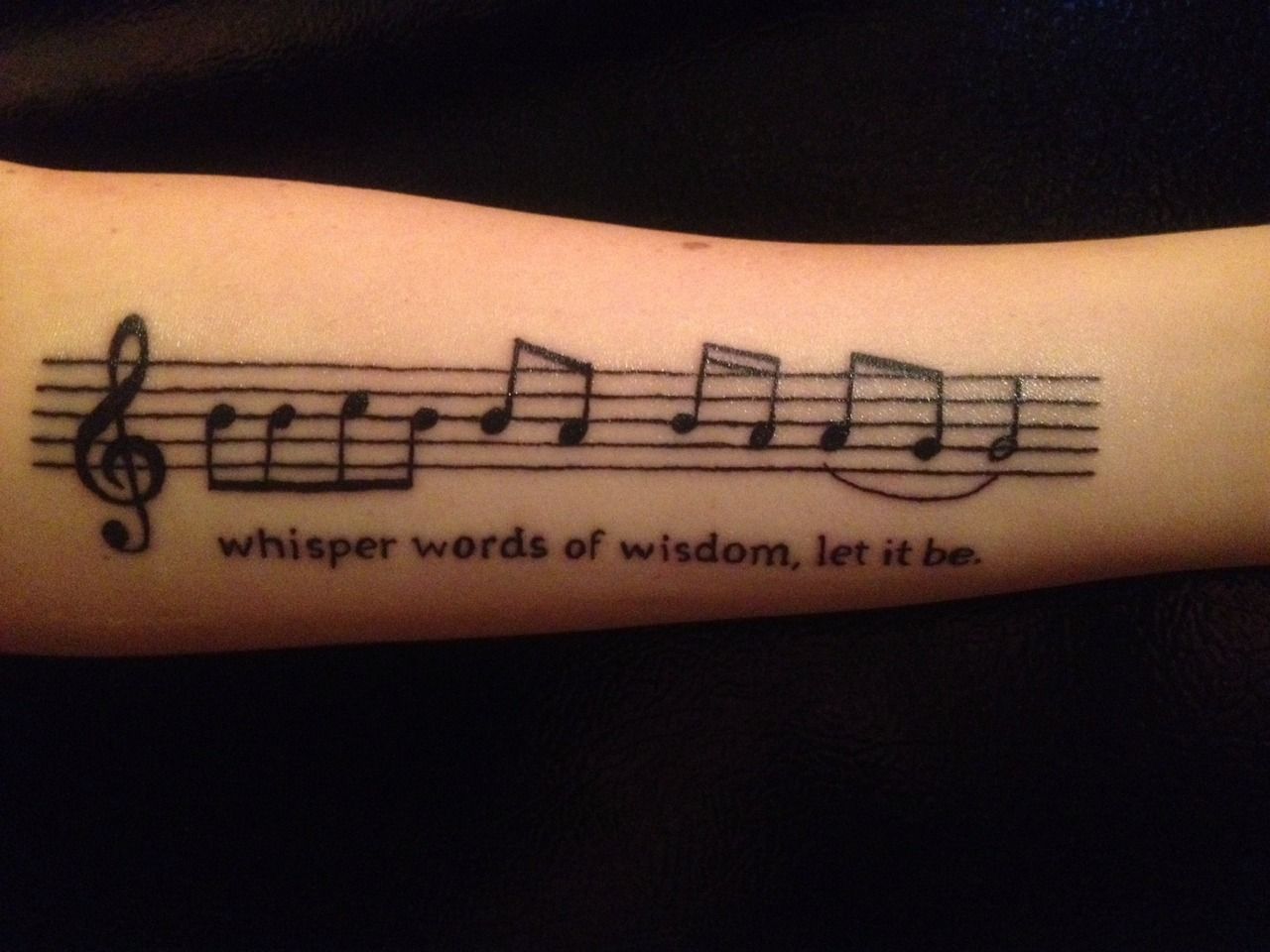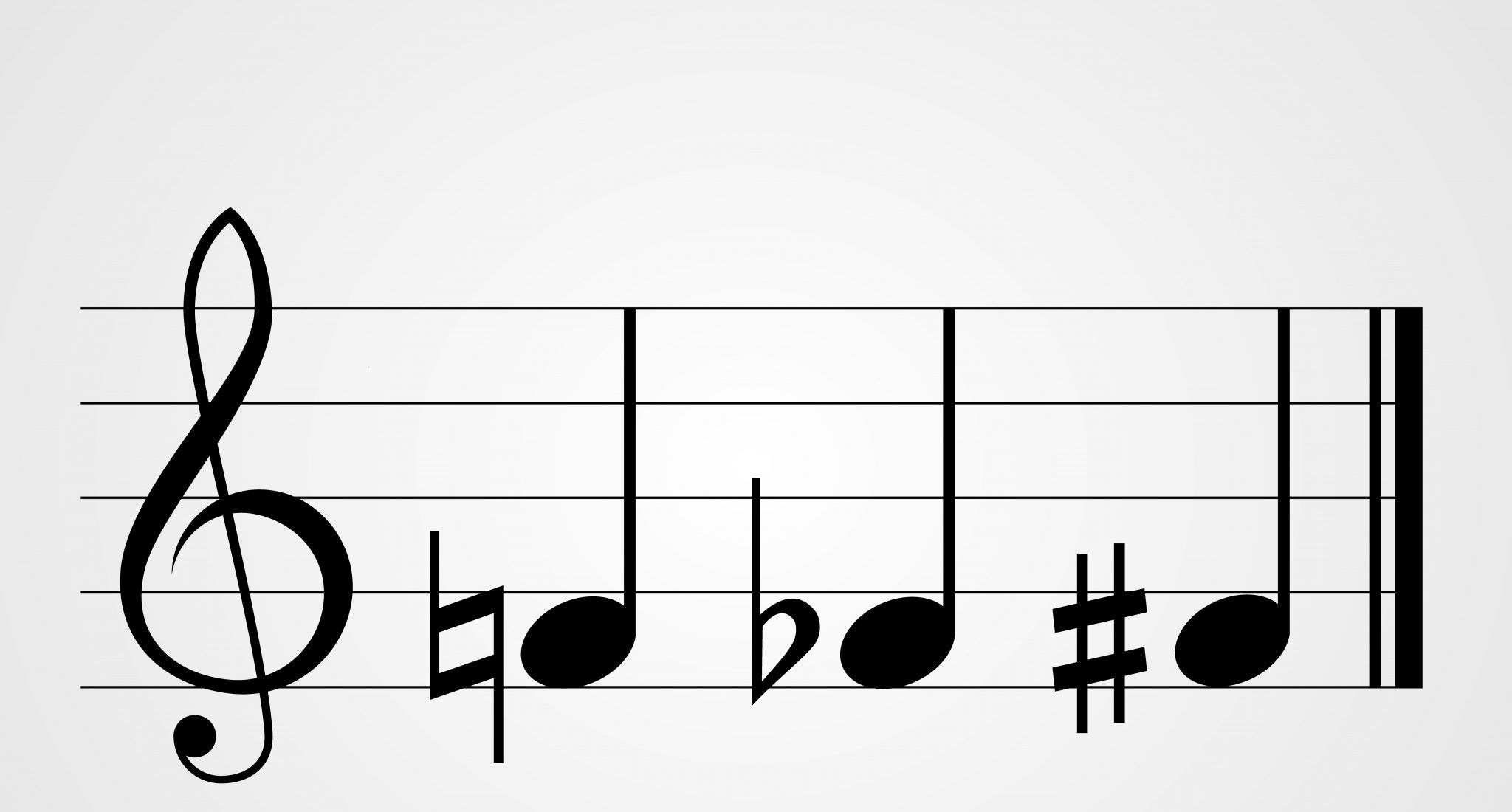Home>Instruments>Piano>What Does Piano Mean In Music
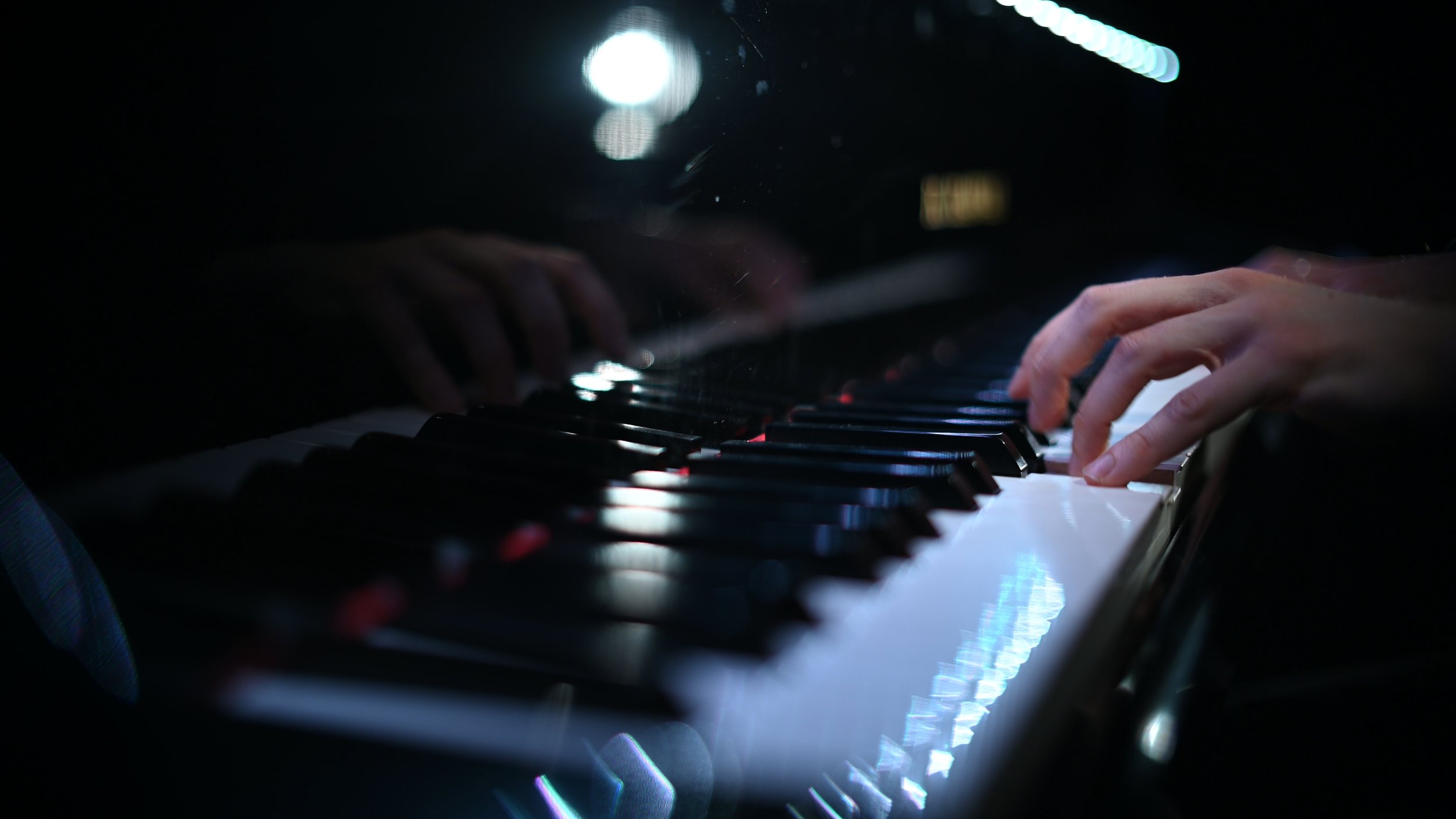

Piano
What Does Piano Mean In Music
Published: February 11, 2024
Discover the significance of the piano in music. Learn about the role, history, and importance of the piano as a versatile instrument in various musical genres. Explore the meaning of piano in music today.
(Many of the links in this article redirect to a specific reviewed product. Your purchase of these products through affiliate links helps to generate commission for AudioLover.com, at no extra cost. Learn more)
Table of Contents
Introduction
The piano holds a special place in the world of music. Its versatility, expressive range, and timeless appeal have made it a cornerstone of musical composition and performance. From classical masterpieces to contemporary hits, the piano has left an indelible mark on the landscape of music, captivating audiences and inspiring countless musicians.
The piano, a keyboard instrument, produces sound by striking strings with hammers. Its unique ability to convey a wide spectrum of emotions and moods has made it a beloved instrument across genres and generations. Whether it's the haunting melody of a nocturne by Chopin or the energetic rhythm of a jazz improvisation, the piano has the power to stir the soul and ignite the imagination.
In this article, we will delve into the multifaceted world of the piano in music. We will explore its rich history, its pivotal role in shaping musical compositions, its significance across various genres, and its evolution through the ages. By the end of this journey, you will gain a deeper appreciation for the profound impact of the piano on the realm of music, and perhaps, a newfound admiration for this majestic instrument. So, let's embark on this melodious odyssey and unravel the enchanting tale of the piano in music.
The History of the Piano
The piano, an instrument with a rich and storied history, traces its origins back to the early 18th century. Its invention is credited to Bartolomeo Cristofori, an Italian harpsichord maker, who sought to create an instrument capable of producing both soft and loud sounds, unlike the harpsichord which could only produce a single volume level. Cristofori’s innovative design, known as the “gravicembalo col piano e forte” (harpsichord with soft and loud), laid the groundwork for the modern piano.
Over the centuries, the piano underwent significant evolution, with improvements in its structure, keyboard mechanism, and tonal capabilities. The instrument’s popularity soared, becoming a staple in aristocratic homes and concert halls across Europe. The Industrial Revolution further propelled the piano’s advancement, leading to mass production and increased accessibility.
During the Romantic era, virtuoso pianists such as Franz Liszt and Frédéric Chopin pushed the boundaries of piano music, composing technically demanding and emotionally expressive pieces that showcased the instrument’s full potential. The 20th century witnessed further innovations, including the development of the electric piano and digital keyboards, expanding the sonic possibilities of keyboard instruments.
Today, the piano continues to thrive as a symbol of musical artistry and innovation. Its enduring legacy is a testament to the ingenuity of its creators and the boundless creativity of musicians who have embraced its expressive power.
The Role of the Piano in Music
The piano plays a multifaceted role in the realm of music, serving as a versatile and expressive instrument in various musical contexts. Its ability to function as both a solo and accompanying instrument has cemented its position as a fundamental component of musical ensembles and compositions.
As a solo instrument, the piano has been the canvas for countless virtuosic displays and emotive performances. Its expansive range, from the resonant bass notes to the crystalline treble, allows pianists to convey a wide spectrum of emotions and musical ideas. Whether interpreting classical sonatas, jazz standards, or contemporary pieces, pianists harness the instrument’s dynamic capabilities to captivate audiences and convey their artistic vision.
Beyond its role as a solo instrument, the piano is a cornerstone of ensemble music, serving as an accompaniment for vocalists, instrumentalists, and orchestras. Its harmonic richness and rhythmic flexibility make it an ideal partner for a diverse array of musical genres, from classical and jazz to pop and rock. In these settings, the piano provides harmonic support, melodic embellishments, and rhythmic drive, enriching the sonic tapestry of the music.
Moreover, the piano has been integral to the composition and arrangement of music across genres. Composers and songwriters have leveraged the instrument’s capabilities to craft intricate melodies, lush harmonies, and compelling rhythmic patterns. Its role in shaping musical structures and textures has been pivotal in the development of musical genres and styles throughout history.
Overall, the piano’s role in music is multifaceted and indispensable. Its capacity to shine as a solo instrument, collaborate as an ensemble player, and inspire as a compositional tool underscores its enduring significance in the ever-evolving landscape of music.
The Importance of the Piano in Different Music Genres
The piano’s versatility has rendered it a vital instrument across a diverse spectrum of music genres, enriching compositions and performances with its distinctive tonal qualities and expressive potential.
In classical music, the piano holds a central role, featuring prominently in solo repertoire, chamber music, and orchestral compositions. From the delicate phrasing of a Mozart sonata to the grandeur of a Rachmaninoff concerto, the piano’s ability to convey nuanced emotions and technical prowess has made it a cornerstone of the classical tradition.
In jazz, the piano serves as a linchpin of improvisation and harmonic exploration. Pioneering jazz pianists such as Duke Ellington, Thelonious Monk, and Bill Evans have shaped the genre’s evolution, employing the piano to craft innovative harmonies, rhythmic textures, and melodic improvisations that define the essence of jazz music.
Furthermore, the piano has left an indelible mark on popular music genres, including rock, pop, and R&B. Iconic piano-driven anthems by artists like Elton John, Billy Joel, and Alicia Keys have resonated with audiences worldwide, showcasing the instrument’s ability to convey raw emotion and lyrical depth in the realm of popular music.
In the realm of film and television, the piano’s evocative power has been harnessed to underscore cinematic narratives and evoke poignant emotions. Whether in haunting film scores or memorable theme songs, the piano’s expressive range has contributed to the immersive storytelling of visual media.
Moreover, the piano has found a place in world music traditions, seamlessly integrating into diverse cultural expressions and musical styles. From the impassioned tango compositions of Astor Piazzolla to the rhythmic complexities of Afro-Cuban jazz, the piano has transcended cultural boundaries, leaving an indelible imprint on global music traditions.
Across these varied genres, the piano’s significance is undeniable, shaping musical landscapes, inspiring virtuosity, and enriching the tapestry of human creativity and expression.
The Evolution of the Piano in Music
The evolution of the piano in music is a testament to the instrument’s enduring adaptability and innovation across centuries of musical expression. From its humble beginnings as a groundbreaking keyboard instrument to its contemporary manifestations, the piano has continually evolved, leaving an indelible mark on the diverse tapestry of musical genres and styles.
Historically, the piano’s evolution has been marked by technological advancements and artistic exploration. The instrument’s early iterations, such as the harpsichord and clavichord, laid the groundwork for the development of the modern piano, with innovations in keyboard mechanism, string construction, and sound production leading to the emergence of the fortepiano and ultimately, the pianoforte, or piano as it is known today.
Throughout the Baroque and Classical eras, the piano underwent refinements in its design and construction, paving the way for its prominent role in the compositions of renowned masters such as Bach, Mozart, and Beethoven. The instrument’s expressive capabilities and dynamic range became integral to the musical innovations of the time, shaping the evolution of musical forms and virtuosic performance.
By the Romantic era, the piano had achieved unprecedented prominence, with composers harnessing its expanded tonal palette and expressive potential to create emotionally charged and technically demanding works. The virtuosity of pianists like Franz Liszt and Clara Schumann pushed the boundaries of piano music, inspiring a new wave of compositional techniques and performance practices.
In the 20th and 21st centuries, the piano’s evolution continued with the advent of electronic keyboards, digital pianos, and hybrid instruments, expanding the sonic possibilities and accessibility of keyboard music. These innovations have facilitated the integration of piano sounds into electronic music, contemporary compositions, and popular music genres, demonstrating the instrument’s enduring relevance in an ever-changing musical landscape.
Today, the piano’s evolution in music encompasses a diverse array of styles, from traditional classical repertoire to avant-garde experimentation, from jazz improvisation to crossover collaborations. Its adaptability and enduring appeal ensure that the piano will continue to evolve, inspire, and resonate with audiences and musicians for generations to come.
Conclusion
The piano stands as a timeless icon in the world of music, embodying centuries of artistic innovation, cultural resonance, and emotional expression. Its rich history, pivotal role in diverse music genres, and enduring evolution exemplify its profound impact on the musical landscape.
From its inception as a groundbreaking keyboard instrument to its contemporary manifestations, the piano has continually evolved, adapting to technological advancements and artistic exploration while retaining its core identity as a versatile and expressive instrument.
Across classical, jazz, popular, and world music genres, the piano has left an indelible mark, shaping musical compositions, performances, and cultural narratives. Its ability to serve as a solo instrument, collaborative partner, and compositional tool underscores its multifaceted importance in the realm of music.
As the piano continues to inspire virtuosity, innovation, and creative expression, its enduring legacy remains intertwined with the fabric of human musicality. Whether resonating in concert halls, jazz clubs, recording studios, or intimate home settings, the piano’s evocative power transcends boundaries, uniting audiences and musicians in shared moments of beauty and emotion.
In conclusion, the piano’s journey through history is a testament to the resilience and adaptability of musical instruments. Its evolution in music mirrors the evolution of human creativity and artistic expression, serving as a timeless muse for composers, a captivating voice for performers, and a source of joy and inspiration for audiences worldwide. As we continue to embrace the enchanting tale of the piano in music, we celebrate its enduring legacy and eagerly anticipate the melodies it will inspire in the days to come.



